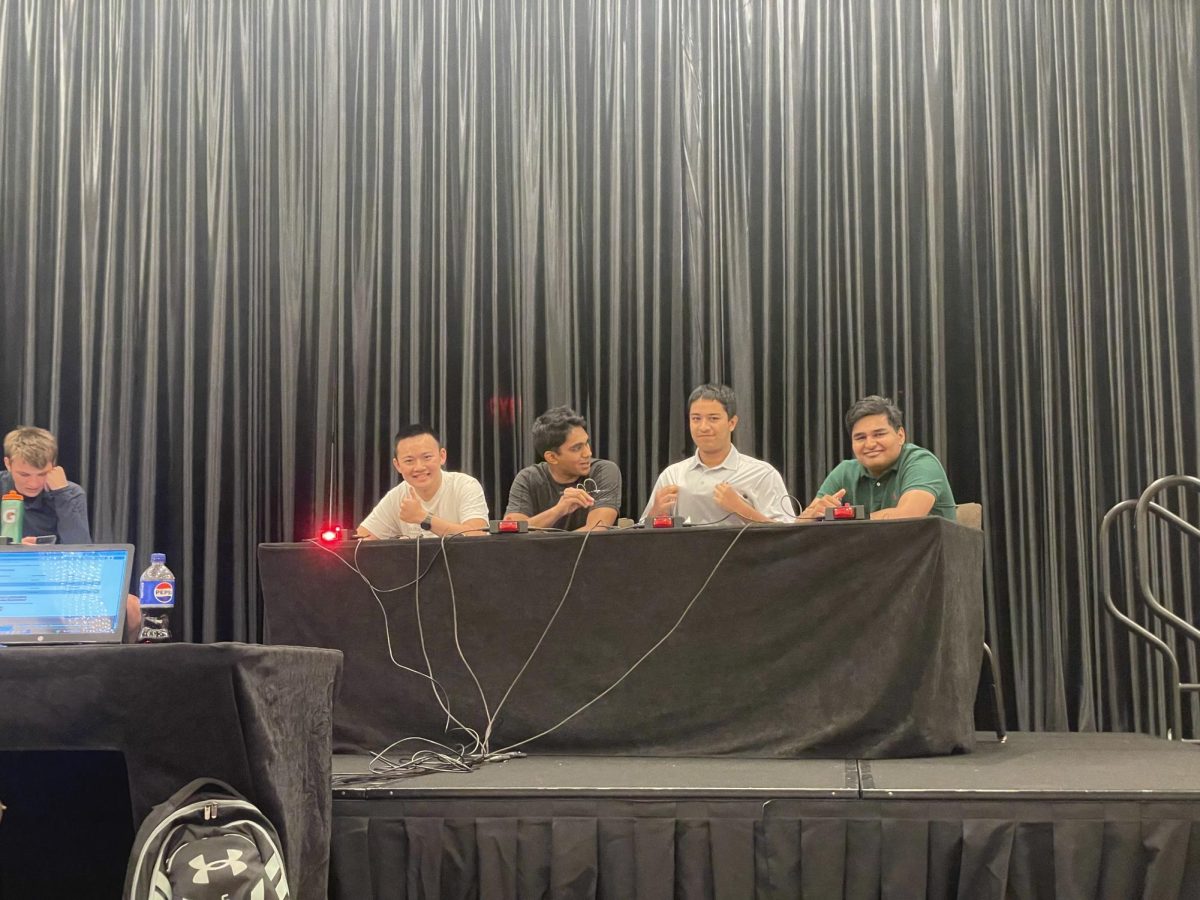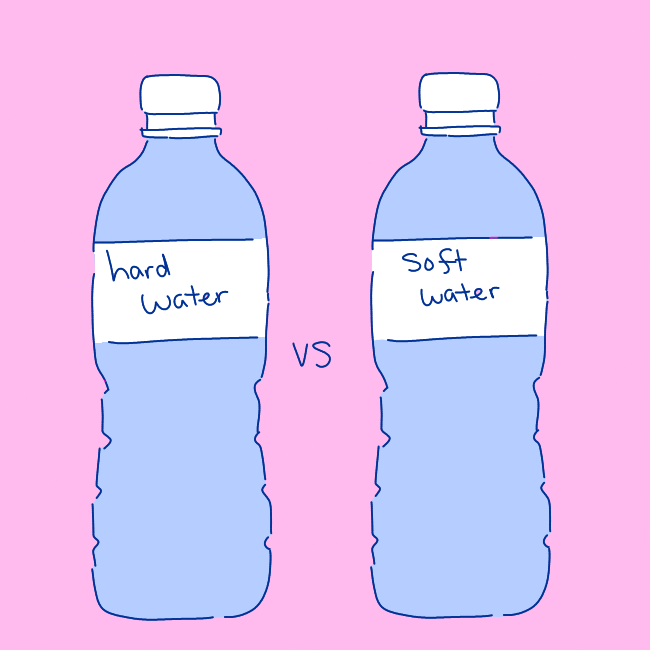As my class lecture ends, I put my pencil down and stare at the pages of notes I laboriously took. Graphite on paper, an illegible block of chicken scratch stares back. I utter a dejected sigh as I quickly pack up, knowing that I’ll have a hard time studying for my upcoming test based on these scribbles.
Most of us have been there — our notes are too cramped and illegible to read.
Note-taking is unquestionably one of the most important things you can do to be successful in class. When done well, it condenses information, helps you retain knowledge and allows you to be a successful student — engaging with content and concepts instead of staring blankly into space.
While I’m no expert, I’ve learned a few good strategies over the years. One of my favorites is to leave a space between new information. I skip a line when moving from one topic to another. And if there are examples I want to write down, I go to the next line instead of cramming it all into one.
I know it’s good to be conservative when using paper, but leaving extra space makes notes much easier to revisit. With this one trick, pages look clean and easy to follow, and it allows me to read my notes in a quicker and more organized fashion.
This was a painful transition at first — especially in math. Writing one step for every problem or a short equation for every line may seem awfully wasteful. Why would you write one formula a line when you could squeeze in five? However, the benefits were shown when my notes were more clean and legible. It makes my notes easier to read and review.
Another strategy that I have learned is to be as brief as possible. For example, instead of writing “the mitochondria is an organelle in which the biochemical processes of energy production occur,” I will simply write, “the mitochondria is the powerhouse of the cell” to pinpoint the main ideas. It gets the same message across while saving your hands from getting tired.
Paraphrasing makes everything easier. The less dense the text is, the easier for you to read and remember. Simple symbols are also helpful for briefness, and especially for subjects where memorization is key, the shorter the notes the less you need to read when you review.
Last but not least, mindlessly copying from the teacher’s lecture slides is not a good idea — something I learned the hard way. It’s important to actually comprehend what the teacher says.
At first, I would just mindlessly move my pencil across the page, trying to copy down everything in the lecture. This was already flawed as I didn’t even have enough time to copy everything in the first place.
After a couple blocks of unreadable nonsense, I realized listening and understanding what the teacher is saying is important — and that I should write down some of the key takeaways afterwards.
I was able to learn most of the things in class and not at home poring through dense notes: This reduces study time and makes my life a lot easier.
Although these strategies have helped me improve my note-taking, people usually have their own methods and strategies they prefer; but for others without a clear strategy that struggle with taking effective notes, perhaps these strategies will make your late-night test cramming a lot easier.
So take your pick: organized notes or sleepless nights of last-minute studying? I, for one, prefer my sleep.


























